Uber, Still Unprofitable, Focused on 'Healthy Growth'

The futuristic world of personal transportation sans ownership was, once again, called into question after Uber posted its largest-ever quarterly loss on Thursday. The $5.2 billion dollar dent was accompanied by a Q2 that also showcased slowed growth, the worst the ride-hailing firm has ever seen.
While Uber attributed a large portion of its losses ($3.9 billion) to the employee stock compensations it needed to issue after its initial public offering in May, the remaining $1.3 billion still represents increased losses over last year’s results. Uber also said it expects to lose $3 billion through the end of 2019.
Despite revenue continuing to grow to roughly $3.1 billion, up 14 percent from last year, it’s the slowest quarterly growth rate in Uber’s history. However, the company claimed that “healthy growth” is what it’s primarily seeking at this time — and made a point of noting so on numerous occasions.
“While we will continue to invest aggressively in growth, we also want it to be healthy growth, and this quarter we made good progress in that direction,” said Uber’s chief financial officer Nelson Chai. “In Q2, Adjusted Net Revenue grew 26 [percent] year-over-year in constant currency and excluding our Driver Appreciation Award, which is an acceleration from Q1. Adjusted EBITDA also improved meaningfully from Q1, driven by a $337 million sequential improvement in Core Platform Contribution.”
Trips were also up by a sizable 35 percent vs last year while gross bookings were up 31 percent. However, translating Uber’s core business into profits continues to prove a challenge. CEO Dara Khosrowshahi told The New York Times he believes balance will be achieved in the next two years, claiming that 2019 necessitated spending other periods would not.
“We think that 2019 will be our peak investment year,” he suggested. “We want to make sure that the kind of growth we have is healthy growth.”
From The New York Times:
He said there were positives. Uber’s bookings — the money it gets from rides and deliveries before paying commissions to drivers — rose 31 percent from a year ago. The company also added customers, totaling more than 100 million monthly active riders for the first time.
The results continued to cast a shadow over Uber, sending its stock falling in after-hours trading. The company, whose growth once rose like a rocket ship as it upended traditional transportation and barreled into markets around the world, was expected to be valued at about $120 billion at its I.P.O. this year.
But Uber dropped below its $45 offering price on its first day of trading and has only briefly risen above that share price since. Mr. Khosrowshahi has been criticized for the way Uber went public and has faced questions about how he intends to revive growth.
It’s not really fair address Uber’s profitability issues without acknowledging that this is a broader problem among all ride-hailing firms. Lyft, the company’s biggest rival, lost $644.2 million in the last quarter — which it also attributed to investments. Both companies lured in employees via stock options, spent heavily on marketing and tech, are exploring new sources of revenue (rental scooters, food delivery, transit data, etc), and are heavily discounting rides to grow their customer base.
[Image: Jonathan Weiss/Shutterstock]

A staunch consumer advocate tracking industry trends and regulation. Before joining TTAC, Matt spent a decade working for marketing and research firms based in NYC. Clients included several of the world’s largest automakers, global tire brands, and aftermarket part suppliers. Dissatisfied with the corporate world and resentful of having to wear suits everyday, he pivoted to writing about cars. Since then, that man has become an ardent supporter of the right-to-repair movement, been interviewed on the auto industry by national radio broadcasts, driven more rental cars than anyone ever should, participated in amateur rallying events, and received the requisite minimum training as sanctioned by the SCCA. Handy with a wrench, Matt grew up surrounded by Detroit auto workers and managed to get a pizza delivery job before he was legally eligible. He later found himself driving box trucks through Manhattan, guaranteeing future sympathy for actual truckers. He continues to conduct research pertaining to the automotive sector as an independent contractor and has since moved back to his native Michigan, closer to where the cars are born. A contrarian, Matt claims to prefer understeer — stating that front and all-wheel drive vehicles cater best to his driving style.
More by Matt Posky
Latest Car Reviews
Read moreLatest Product Reviews
Read moreRecent Comments
- 28-Cars-Later Actually pretty appealing. On a similar note, a friend of mine had a difficult situation with a tenant which led to eviction and apparently the tenant has abandoned a 2007 Jag S-Type with unknown miles in the garage so he called me for an opinion. Before checking I said $2-3 max, low and behold I'm just that good with the 3.0L clocking in at $2,3 on average (oddly the 4.2 V8 version only pulls $2,9ish) and S-Types after MY05 are supposedly decent.
- DO I have owned a 2012 LR4 since day one and it has been the best vehicle I have ever had the pleasure of having in the garage. I know how easy it is to hate on Land Rover but this LR4 is comfortable, has a ton of storage room and is so versatile. With 110k miles, mine is now relegated to ‘other’ car use but is still the go to for off road adventures and snow runs. Nice to see one featured here - I think they are so underrated.
- Tane94 I'd be curious to know whether 87 octane is no longer the most popular grade of gasoline by sales volume. My Costco often runs out of Premium grade and I suspect 93 octane might now be the most popular grade of gas. Paying 40-50 cents more per gallon 87 vs 93 octane because of turbo engines is the real story
- Redapple2 125 large? You re getting into 911 territory.
- Redapple2 Industry worst quality prevents any serious consideration. I ll take an Evil gm Vampire Denali first.
















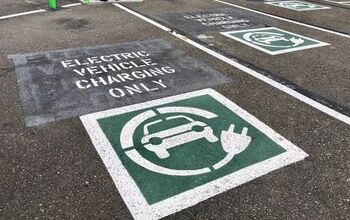


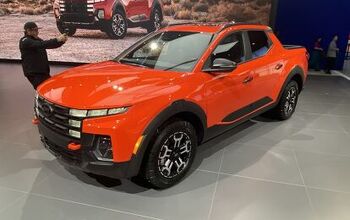
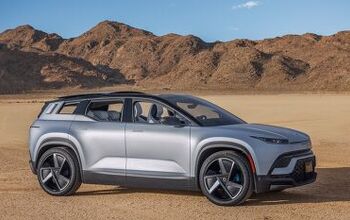

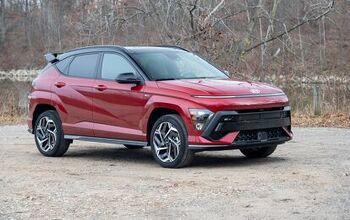

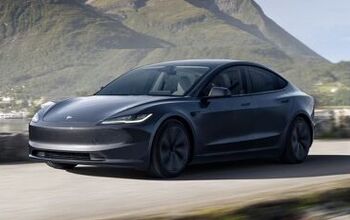


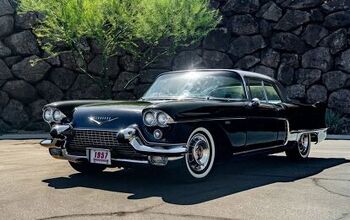
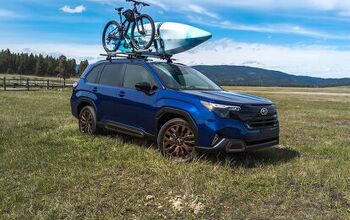
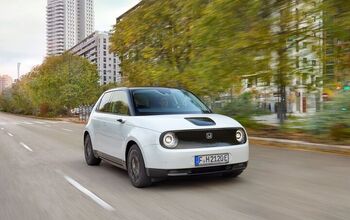

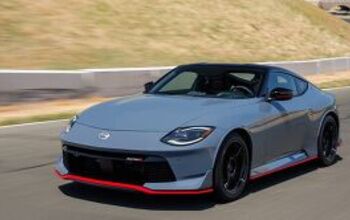
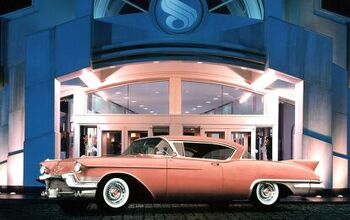

Comments
Join the conversation
Lose money on every ride but make it up in volume....
OK, people call them up and ask for a ride. They call a driver who picks up the caller and takes them to their destination. Uber gets paid for taking the call, and gives some of the money to the driver and keeps the rest. How can you not make money on this unless you are sitting in a large, fancy, expensively furnished office with a city view- giving most of your moolah to your landlord ? Of course, you must also have some lawyers on retainer just in case, but how can this NOT make money unless you are wasting vast amounts of it somewhere ? Or maybe this is some kind of scam that I am not seeing...